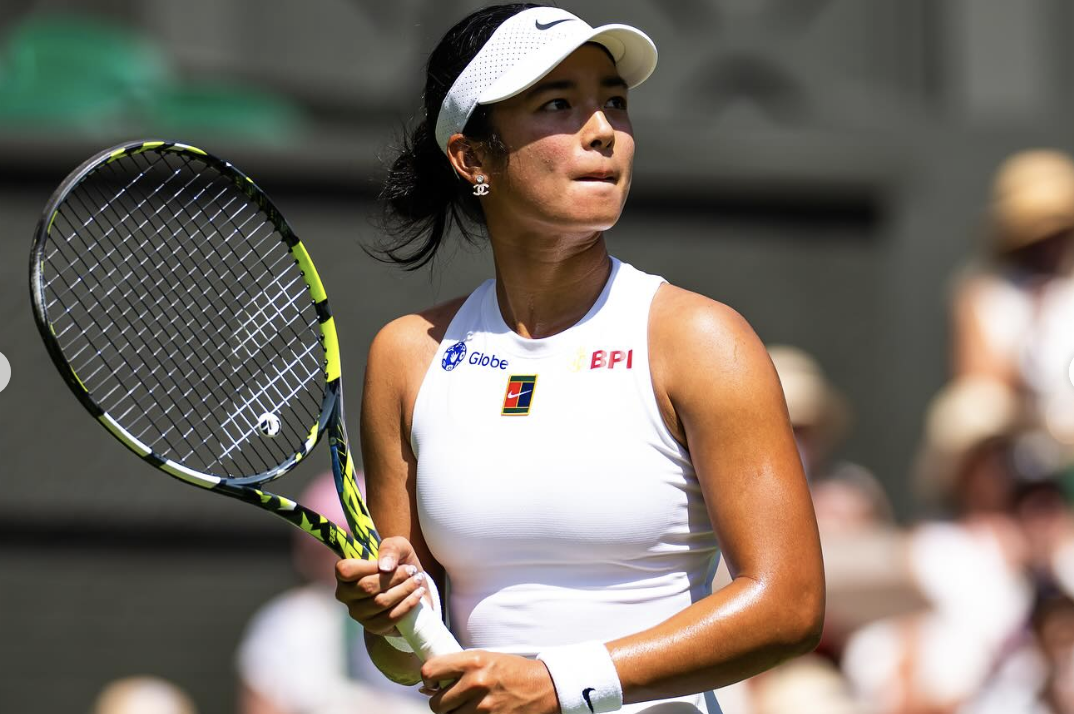Wimbledon: Seeds fall on grass as season takes backseat

Coco Gauff spent a few moments staring at the baseline a few inches away from her, shell-shocked. Her serve had been sent back with a full-blooded inside-out forehand that eluded her stretched racket. World No. 2 Coco Gauff after losing her first round match against Ukraine’s Dayana Yastremska. (REUTERS)At the other end of the court, Dayana Yastremska emptied her lungs in a roar that marked the biggest win of her career. The Ukrainian had just beaten the world No.2 and with it, pulled off the biggest upset at Wimbledon this year.By the time Gauff stepped on the No.1 Court at the All England Club, fans at Wimbledon had already been left stunned with the first round exits of World No.3s Jessica Pegula and Alexander Zverev. Pegula lost to Elisabetta Cocciaretto, who watched Wimbledon last year while in hospital. Zverev lost to French journeyman Arthur Rinderknech who has been part of the main draw at Wimbledon just once before.And while fans were still taking in the upsets, Gauff, the recently crowned French Open champion was sent packing.The most prestigious of the four Grand Slams has set some new records it would rather not have. Of the 64 seeds in the men’s and women’s singles draws, 23 have suffered a first round exit. This is the first time in the Open Era, which began in 1968, that two of the top three seeded women have lost in the opening round of a major. It is the first time four each of the top 10 seeds in the men’s and women’s draw have lost in the first round of a slam in the Open Era. And with 13 men’s singles seeds losing their opener, it’s tied for the most with the 2004 Australian Open.Joining Zverev in making a first round exit is seventh seed Lorenzo Musetti, eight seed Holger Rune and ninth seed and former world No.1 Daniil Medvedev. Among the women, world No.5 Qinwen Zheng and No.9 Paula Badosa lost early along with Gauff and Pegula.As unexpected as the results have been, they are not necessarily unsurprising. There is a method to the madness that comes with the short transition between clay and grass.The switch between the two surfaces is one of the most difficult to adjust to in the sport. On clay, the ball bounces higher and the ball slows when it comes in contact with the surface. On grass, the ball stays low and zips through on the bounce.The clay season generally starts in March and goes on till early June, ending with the French Open. Then players have only three weeks to figure out the nuances of grass before entering the manicured lawns of the All England Club. That short turnaround is difficult to overcome.“I was struggling to feel comfortable on the court from the beginning,” Musetti said after losing to the hard-hitting Nikoloz Basilashvili.“Even in the lateral movements -- normally I know how to move -- today seems like I never played on this surface.”Musetti reached the semi-final of the French Open but retired from the match with injury, which possibly caused him to skip all the pre-Wimbledon tune-up events.But Medvedev, the back-to-back semi-finalist at Wimbledon coming into the Slam this year, had reached the final of the ATP grass-court event in Halle, Germany just a week before travelling to London. He lost in four sets to Frenchman Benjamin Bonzi.“First round, many, many times you play a bit worse,” the 2021 US Open champion said in his press conference after the match. “If this was the second or third round, maybe I would have had better shots and played better.”The players of today’s era of tennis are mostly bred on hard and clay courts. It is on those surfaces that they emerge as the best players in the world. Grass, especially the early rounds, has often proven to be the great leveller -- no one quite knows how to play on it anymore.You may have the shots and the mentality, but if you are struggling to adjust with the court conditions, the route to victory gets all the more tough. As 23 seeds found out in the first round at Wimbledon.











